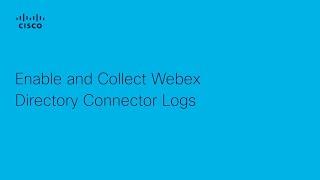Shangxin Du, a technical marketing engineer at Cisco's data center switching team, discusses Event-Driven Automation (EDA) in network operations. EDA automates network configuration changes based on specific events to streamline tasks and reduce risks during incidents.
Currently, customers manage network configuration using tools like Ansible, Terraform, or Python, or through centralized controllers like Cisco's ACI. Infrastructure as Code (IaC) and CI/CD pipelines are used for integrated change management.
Shangxin emphasizes network observability's importance for understanding real-time network status. Cisco's Nexus OS supports streaming telemetry, while ACI uses a centralized controller (APIC) for configuration and operational data management.
EDA combines configuration automation with monitoring to automatically respond to network events, automating tasks and enhancing support ticket resolution speed. Shangxin demonstrates EDA using Ansible Rulebooks for auto-segmentation in ACI and auto-remediation in Nexus OS. He concludes that EDA offers limitless possibilities for automation. While suggesting the potential for a low-code solution, he notes the current focus is on using existing tools and infrastructure due to customer preferences.
Currently, customers manage network configuration using tools like Ansible, Terraform, or Python, or through centralized controllers like Cisco's ACI. Infrastructure as Code (IaC) and CI/CD pipelines are used for integrated change management.
Shangxin emphasizes network observability's importance for understanding real-time network status. Cisco's Nexus OS supports streaming telemetry, while ACI uses a centralized controller (APIC) for configuration and operational data management.
EDA combines configuration automation with monitoring to automatically respond to network events, automating tasks and enhancing support ticket resolution speed. Shangxin demonstrates EDA using Ansible Rulebooks for auto-segmentation in ACI and auto-remediation in Nexus OS. He concludes that EDA offers limitless possibilities for automation. While suggesting the potential for a low-code solution, he notes the current focus is on using existing tools and infrastructure due to customer preferences.
- Category
- Cisco
Be the first to comment





